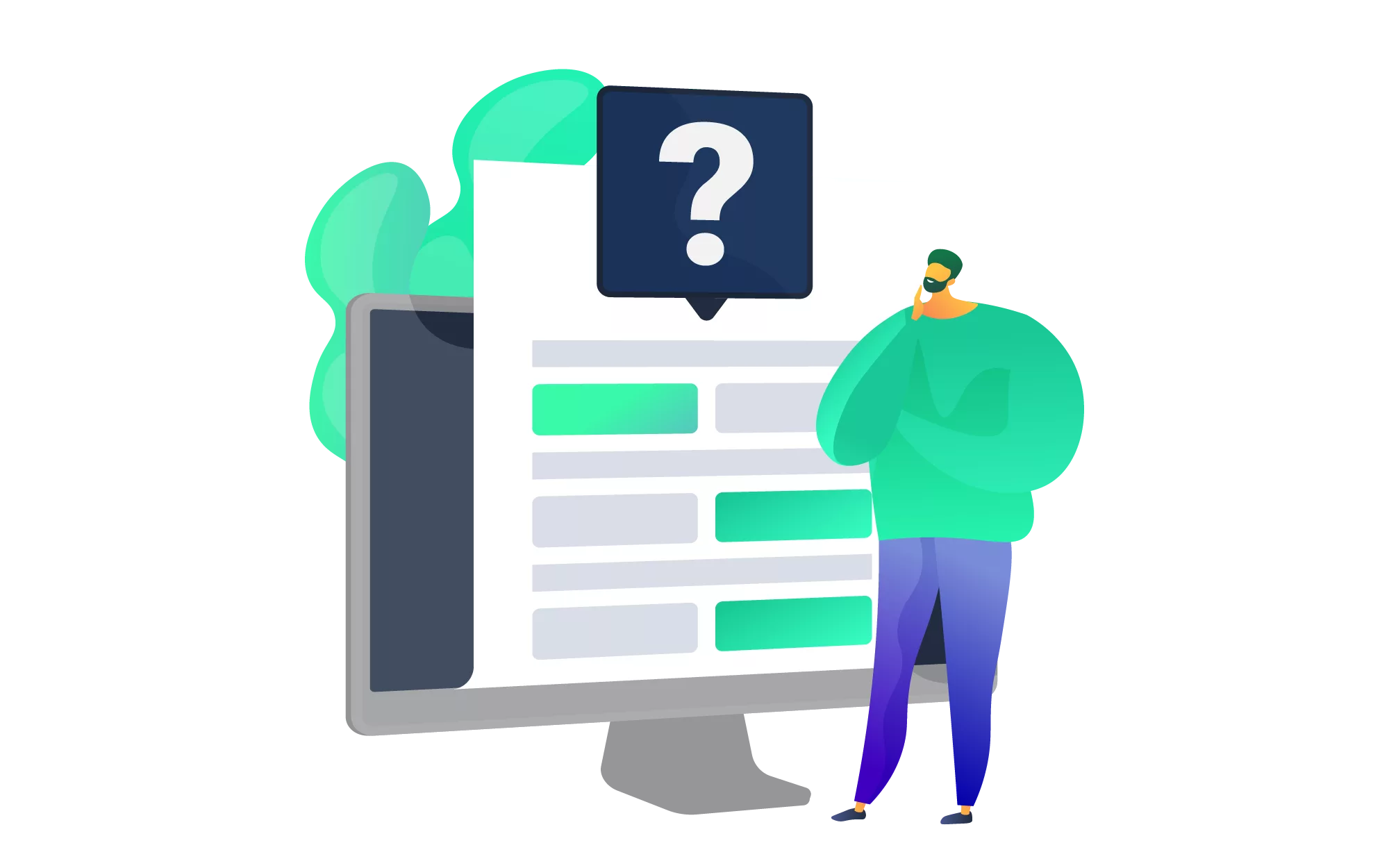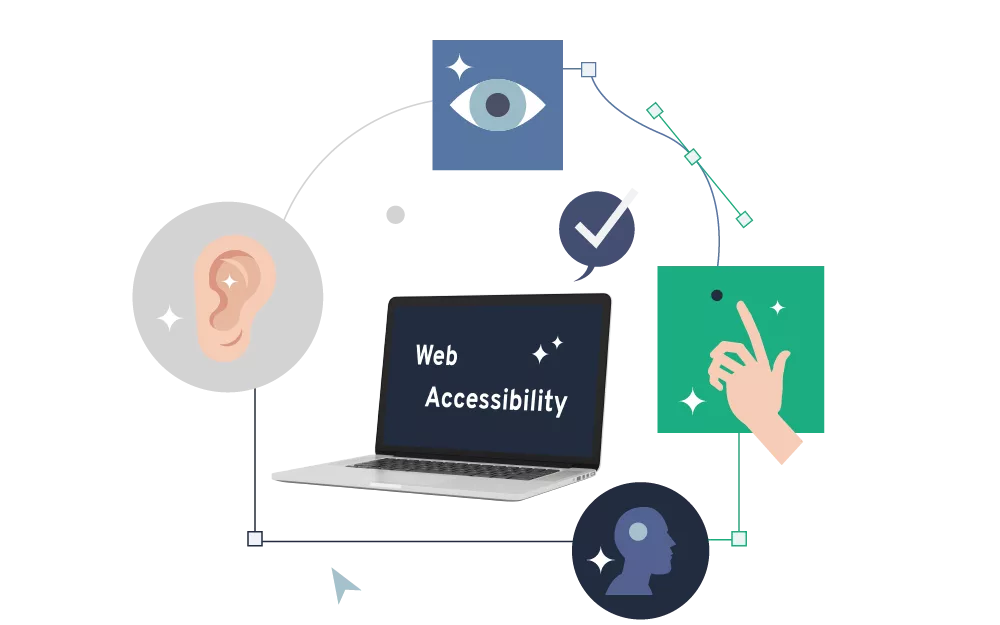Typography in Web Design
Typography involves more than just selecting an appealing font. It influences how content is perceived and understood and plays a central role in a website's user-friendliness, aesthetics, and accessibility. In this article, we share six important tips on selecting and designing fonts for the web.

1. Structure and hierarchy: Clearly organize content. #
As with other types of text, it is essential in web design that content be visually organized and have a comprehensible structure. Headings should be logically structured using H1, H2, and H3 tags. This makes it easier for readers to navigate and improves accessibility for search engines and screen readers.
2. Less is more: Choose fonts carefully. #
As a rule, a combination of two fonts is sufficient. One font for headings and one for body text is often enough. Fonts that are easy to read and widely used include Roboto, Inter, Lato, and Open Sans.
3. Font size: It's better to be too big than too small! #
The right font size is crucial for readability, especially on mobile devices. Using a base value of 16 pixels for continuous text has proven effective. Headings can be significantly larger. Pay attention to the line spacing as well. Increasing the line height often improves readability.
4. Text width and line length: Better readability through limitation #
Unfortunately, achieving this in web design is often "difficult", but the optimal line length is 50 to 75 characters per line. Text blocks that are too wide make reading difficult and cause fatigue more quickly. Therefore, the content width should be well limited, especially in desktop layouts.
5. Contrast: Improve readability and create visual tension. #
Contrast provides visual variety and is important for accessibility. According to WCAG guidelines, the contrast ratio between text and background should be at least 4.5:1. Color, size, and shape contrasts can also help distinguish content more clearly.
6. Integrate Google Fonts in a privacy-friendly manner. #
Google Fonts is a free service offering a wide selection of high-quality fonts. However, direct integration via Google servers has been problematic since the 2022 ruling because it involves transferring personal data. To be on the safe side, host the font files directly on your own server. This ensures that your website remains GDPR-compliant, eliminating the need for a cookie banner.
As an alternative, you can use web-safe fonts, such as Arial, Verdana, or Georgia. These fonts are pre-installed on most devices. They do not need to be downloaded and do not cause any data protection issues.
In conclusion #
Good typography is an essential feature of high-quality web design, not a detail. It ensures that content is read, understood, and enjoyed. Designers who pay attention to readability, structure, and data protection create positive user experiences and legally compliant websites.


 Jürgen Fitzinger
Jürgen Fitzinger
